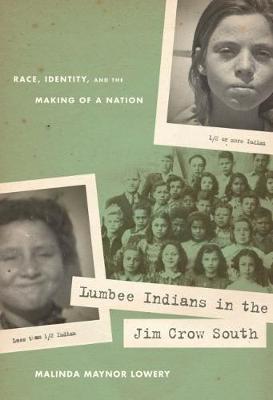A People, a race, a tribe, and a nation. With more than 50,000 enrolled members, North Carolina's Lumbee Indians are the largest Native American tribe east of the Mississippi River. Malinda Maynor Lowery, a Lumbee herself, describes how, between Reconstruction and the 1950s, the Lumbee crafted and maintained a distinct identity in an era defined by racial segregation in the South and paternalistic policies for Indians throughout the nation. They did so against the backdrop of some of the central issues in American history, including race, class, politics, and citizenship. Lowery argues that 'Indian' is a dynamic identity that, for outsiders, sometimes hinged on the presence of 'Indian blood' and sometimes on the absence of 'black blood'. Lumbee people themselves have constructed their identity in layers that knit together kin and place, race and class, tribe and nation. However, Indians have not always agreed on how to weave this fabric into a whole. Using photographs, letters, genealogy, federal and state records, and first-person family history, Lowery narrates this compelling conversation between insiders and outsiders, demonstrating how the Lumbee People challenged the boundaries of Indian, southern, and American identities.
- ISBN13 9780807871119
- Publish Date 15 April 2010
- Publish Status Active
- Out of Print 12 March 2021
- Publish Country US
- Imprint The University of North Carolina Press
- Edition New edition
- Format Paperback
- Pages 368
- Language English
